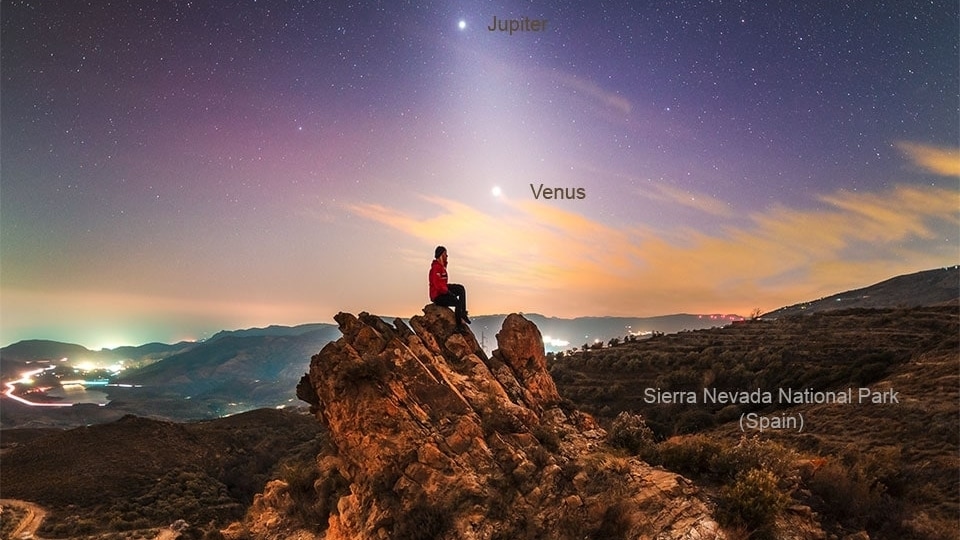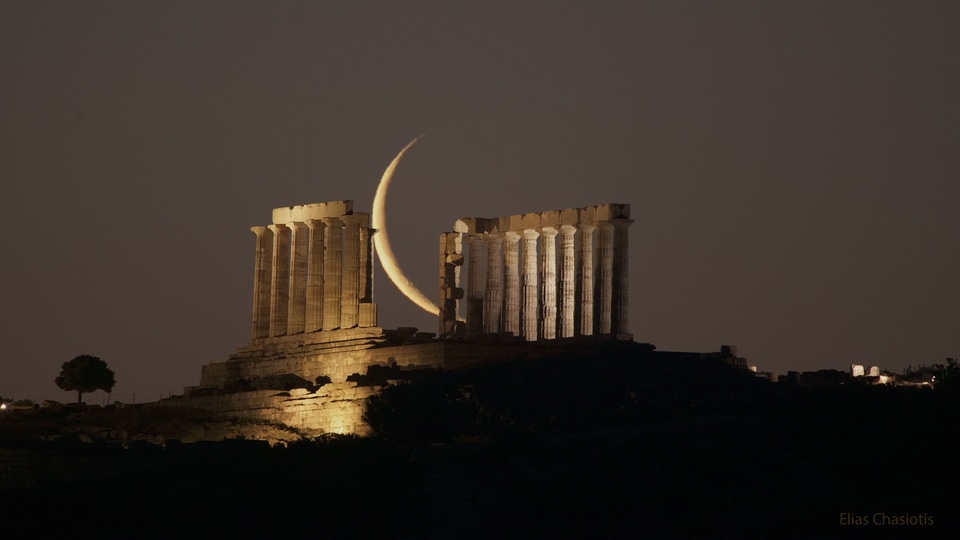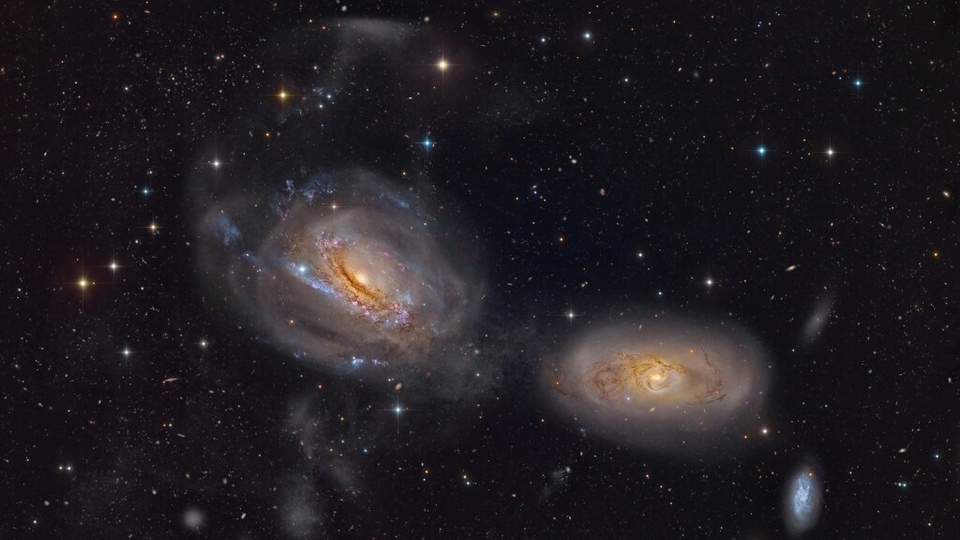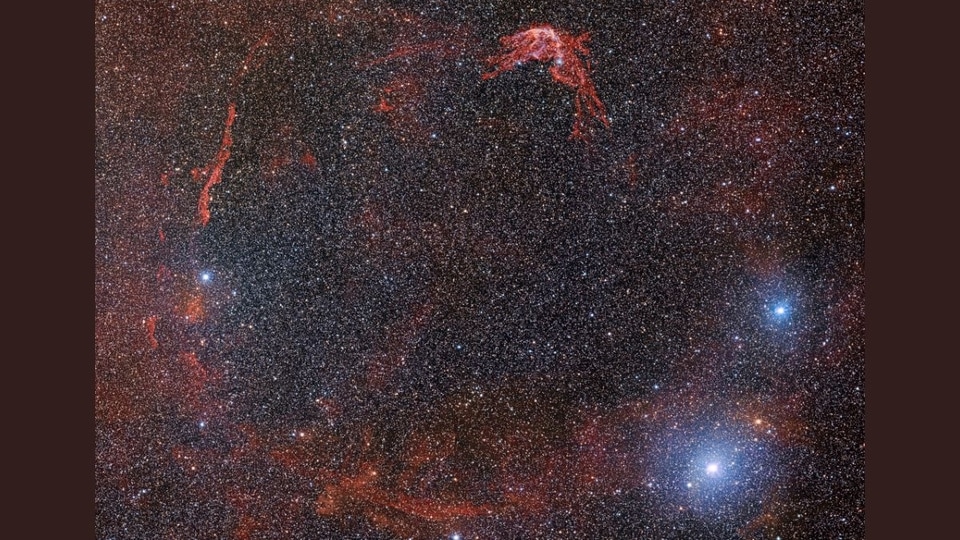Asteroid threat looms! NASA reveals giant 570-foot asteroid charging towards Earth
Asteroid 2023 DQ has been observed speeding towards Earth at a fearsome 82234 kilometers per hour by NASA.






 View all Images
View all ImagesHold on to your seats! The planet is facing a threat from asteroids which could potentially strike. But fear not! NASA has already made preparations and has a plan to deal with these deadly space rocks. First, there is DART and now the Lucy Space Mission- a journey through the depths of space to study trojan asteroids that orbit the Sun. Launched on October 16, 2021, from the Kennedy Space Center in Cape Canaveral, Florida, this mission is NASA's attempt to tackle dangerous asteroids even though they are millions of kilometers from Earth.
But that's not all - NASA's various space and ground-based telescopes, including NEOWISE, Pan-STARRS, the Catalina Sky Survey, and more, are keeping a watchful eye on the skies to reveal any looming threats. And today, the news is out: an enormous asteroid is hurtling towards Earth!
Asteroid 2023 DQ
The asteroid, named Asteroid 2023 DQ, is already on its way towards Earth travelling at a staggering speed of 82234 kilometers per hour and is expected to make its closest approach to the planet today, March 8. It will make its closest approach to Earth at a distance of just 2.3 million kilometers, according to NASA. NASA has warned that Asteroid 2023 BY4 is massive, as it is nearly 510 feet across. That means it is nearly as big as a building!
According to NASA, Asteroid 2023 DQ belongs to the Apollo group of asteroids which are a group of near-Earth asteroids named after the humongous 1862 Apollo asteroid, discovered by German astronomer Karl Reinmuth in the 1930s.
Did you know?
Astronomers have spotted three near-Earth asteroids (NEA) hiding in the glare of the Sun. One of the asteroids is the largest object that is potentially hazardous to Earth to be discovered in the last eight years. A team using the Dark Energy Camera (DECam) mounted on the Victor M. Blanco 4-meter Telescope in Chile, a Program of NSF's NOIRLab, discovered these asteroids.
This is a notoriously challenging region for observations because asteroid hunters must contend with the glare of the Sun. By taking advantage of the brief yet favorable observing conditions during twilight, however, the astronomers found this elusive trio.
Catch all the Latest Tech News, Mobile News, Laptop News, Gaming news, Wearables News , How To News, also keep up with us on Whatsapp channel,Twitter, Facebook, Google News, and Instagram. For our latest videos, subscribe to our YouTube channel.































